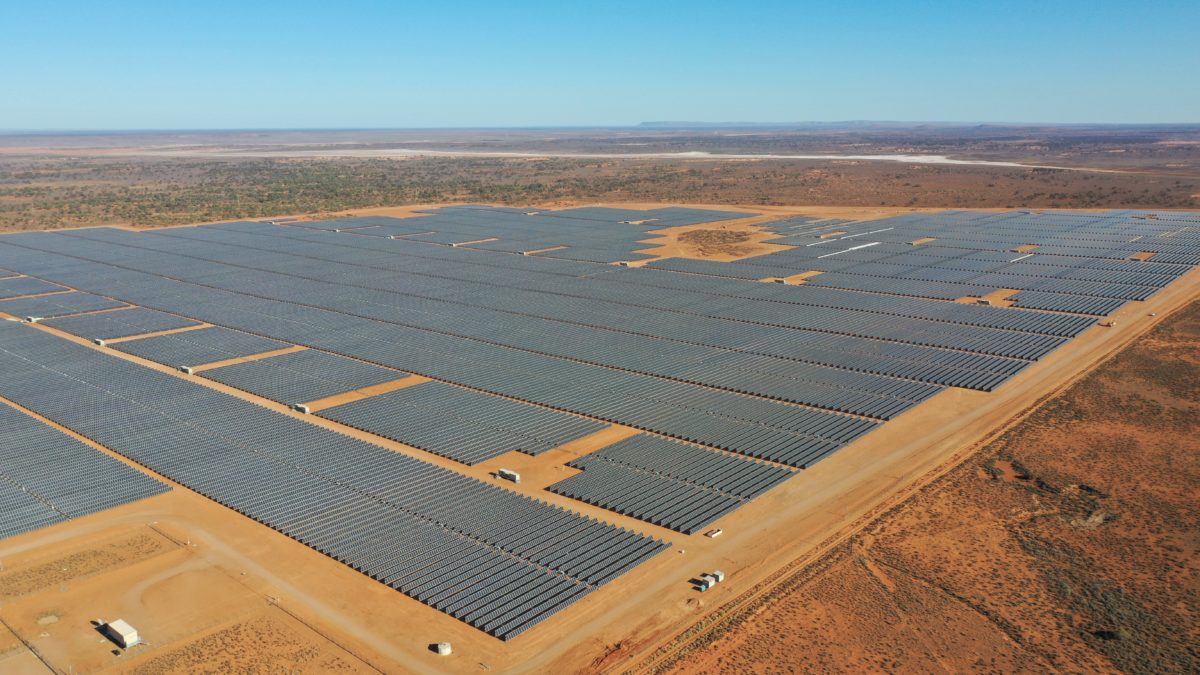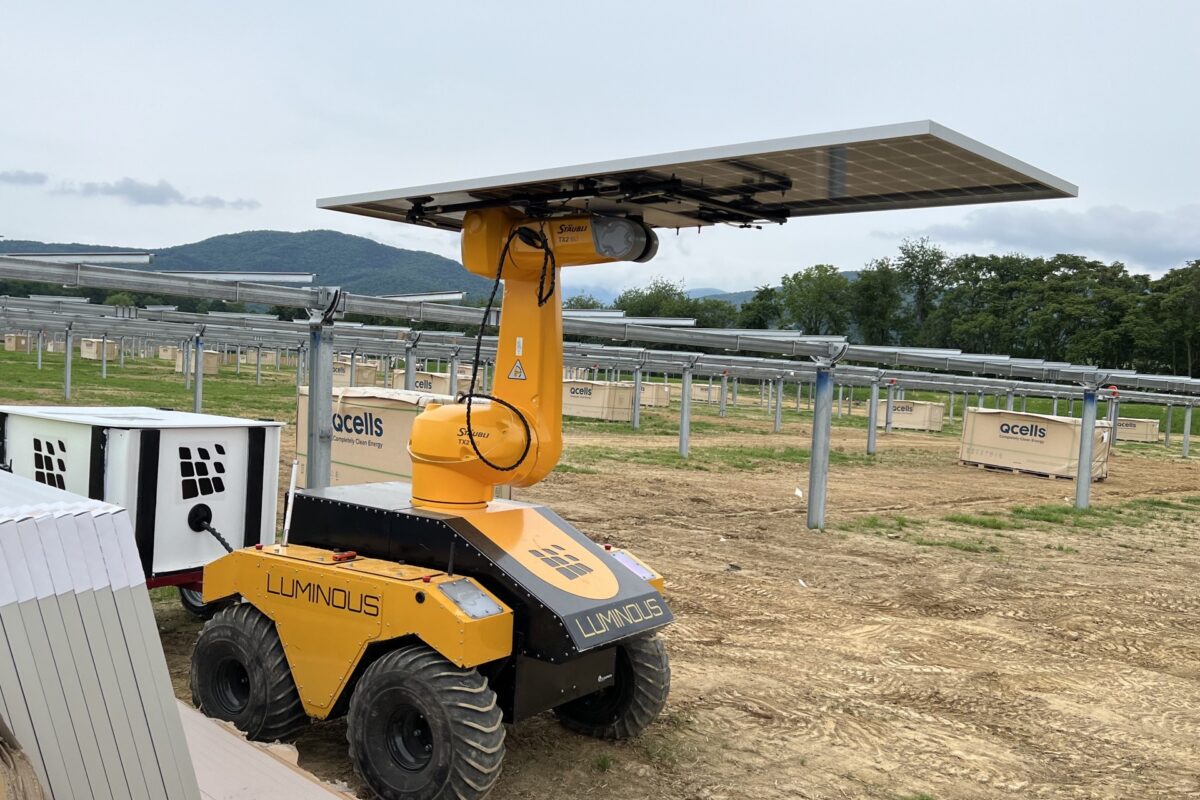The latest generation forecast for South Australia published by the Australian Energy Market Operator (AEMO) shows the state will continue to be a testbed for scenarios of high renewables penetration over the next 10 years. While its rooftop PV fleet already passed the 1 GW mark last year, the state’s utility-scale solar capacity is still rather low. But not for long.
Last year, the first three large-scale solar plants in South Australia commenced operation, with a total combined installed capacity of 378 MW. However, the latest scenarios from AEMO show new solar farms projected to be built are forecast to bring an additional 967 MW of capacity in 2023-24, increasing in total to 1,200 MW by 2026-27. This additional capacity is all forecast to be built in the Riverland region, driving increased solar generation during this period.
This forecast is part of the so-called Step Change scenario which reflects strong action on climate change. In addition, AEMO presents a central scenario based on the energy transition under current policy settings and technology trajectories and a slow change scenario that reflects a general slow-down of the state’s energy transition.
The committed large-scale solar project, Bungala Two Solar Farm, was assumed to be commissioned from Summer 2019-20, leading to a forecast step increase in solar generation across all scenarios in 2020-21, with the solar farm’s first full financial year of generation. However, many other utility-scale PV projects will depend on the grid capacity that is to say the new interconnector between Robertstown in South Australia and Wagga Wagga in New South Wales.
Project EnergyConnect, which is assumed to start operation from July 2023, will allow South Australia to continue to expand its renewable energy fleet and effectively double its export capacity. Overall, the 900-kilometer transmission line built by ElectraNet and Transgrid is expected to unlock up to 30 new wind and solar projects totaling nearly 5.3 GW planned for South Australia, New South Wales, and Victoria.
In the Central and Slow Change scenarios, net interconnector flows into South Australia are mostly positive (net import), and generally increase across the forecast period. This is attributed to a minor forecast change in South Australian grid consumption over the period, coupled with the projected decline in South Australian gas and diesel generation, and retirement of wind generation in the last forecast year.
In the Step Change scenario, a forecast overall small decline in South Australian grid consumption and decreases in South Australian gas generation across the 10-year period are combined with a large projected increase in South Australian wind and solar capacity from the middle of the period. “Thus, South Australia ends up as a net exporter on its interconnectors for the last few years of the forecast,” AEMO concludes.
This content is protected by copyright and may not be reused. If you want to cooperate with us and would like to reuse some of our content, please contact: editors@pv-magazine.com.









By submitting this form you agree to pv magazine using your data for the purposes of publishing your comment.
Your personal data will only be disclosed or otherwise transmitted to third parties for the purposes of spam filtering or if this is necessary for technical maintenance of the website. Any other transfer to third parties will not take place unless this is justified on the basis of applicable data protection regulations or if pv magazine is legally obliged to do so.
You may revoke this consent at any time with effect for the future, in which case your personal data will be deleted immediately. Otherwise, your data will be deleted if pv magazine has processed your request or the purpose of data storage is fulfilled.
Further information on data privacy can be found in our Data Protection Policy.